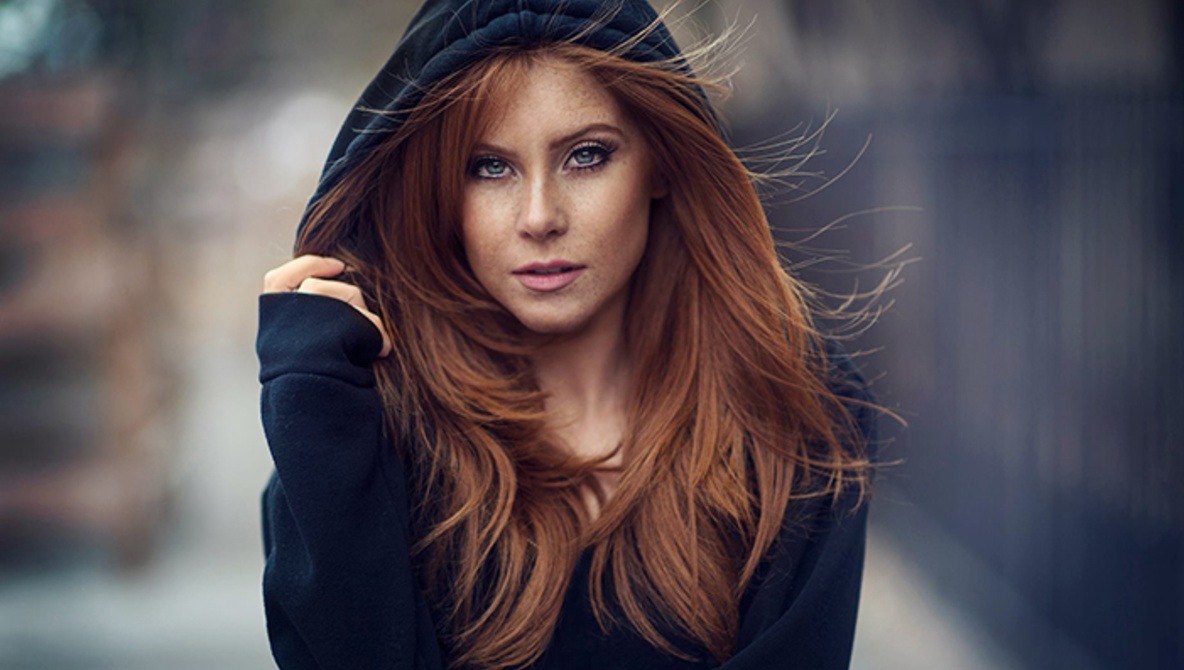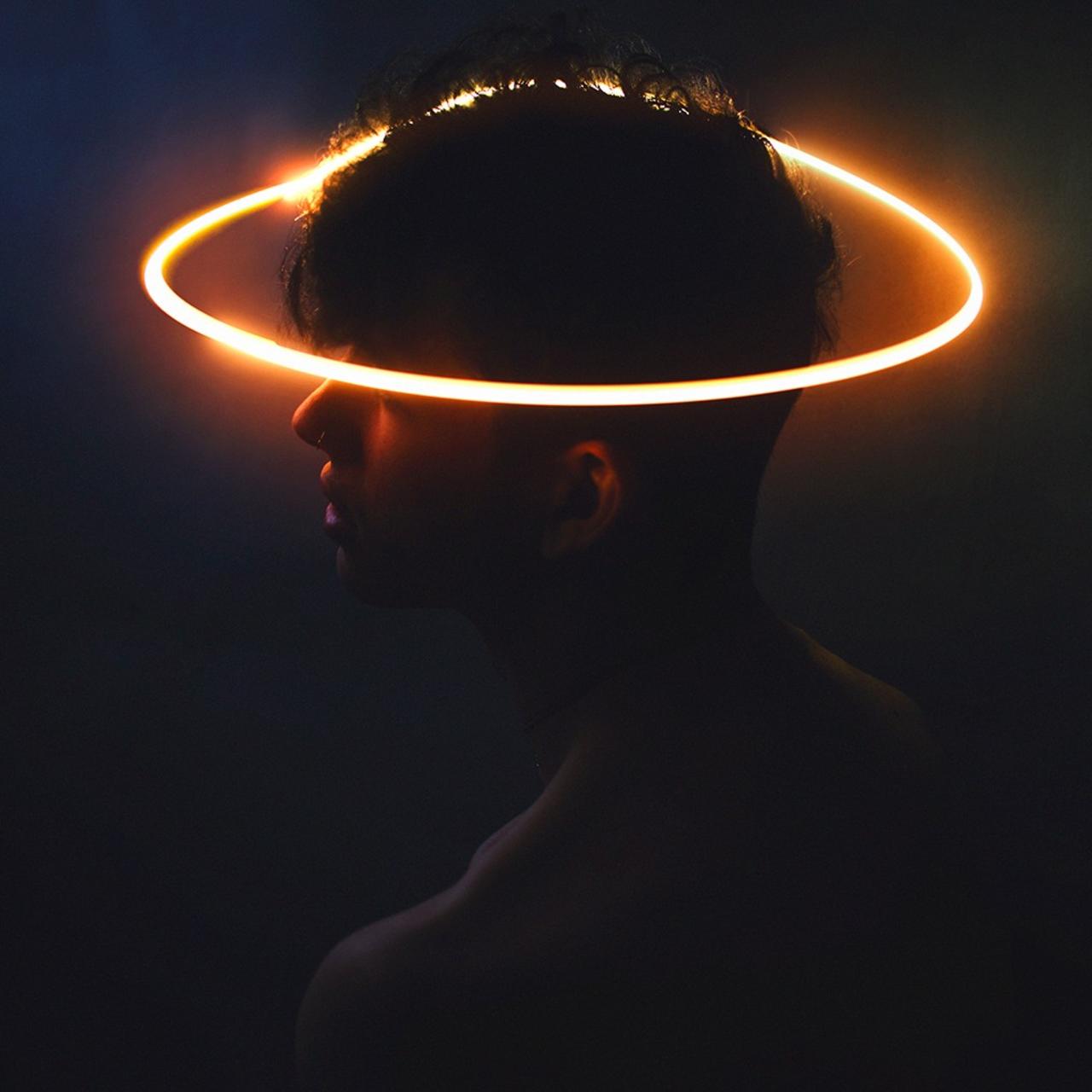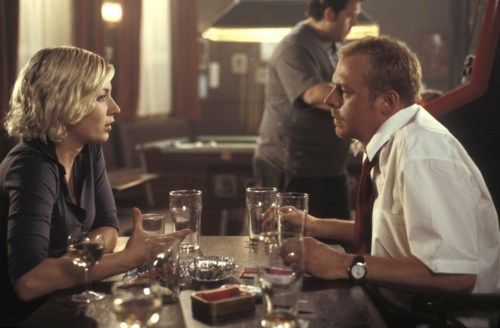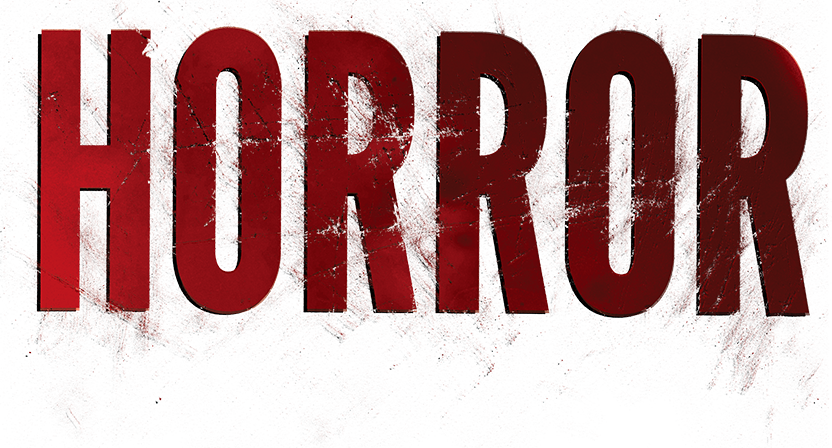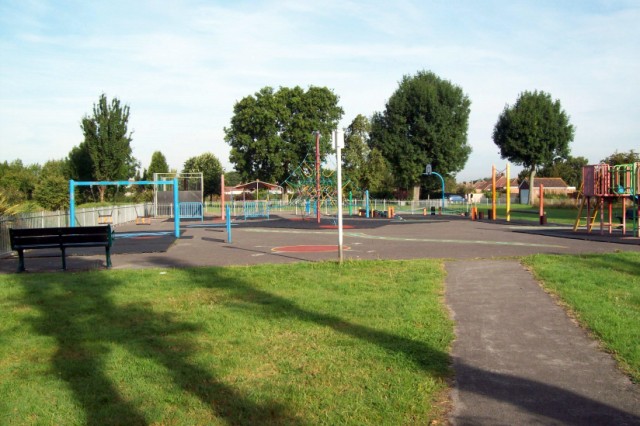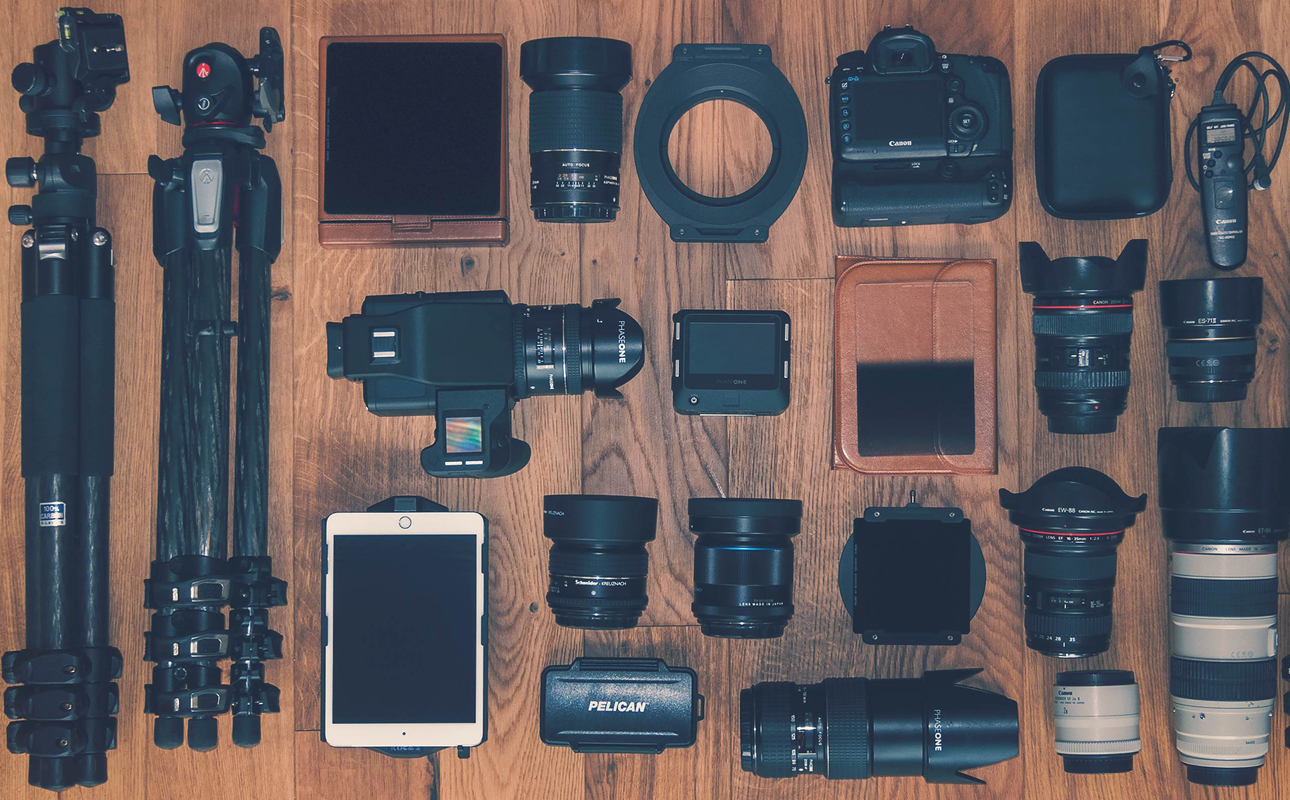BRASSAI: (PREFERRED)
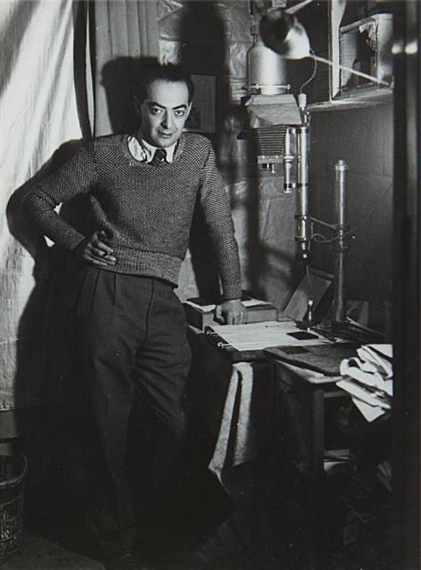
A Hungarian-born French photographer, originally born Guyla Halasz on September 9 1899 in Brasso, Hungary.
Brassai was credited with producing a wide range of images of 1920’s Parisian life. He wanted to immobilize movement rather than capture the dynamic pulse of the city through movement. Brassai also encountered Paris at street level and in unfamiliar places, he often saw beauty in the mundane or the overlooked and forgotten. In addition, he also has experience in journalism, writing, sculpturing and film-making. His influences were Leon Paul, Jacques Prevert, and Henry Miller.
An example of his work would be “Couple d’armoureux dons en petit cafe, quartier italie, 1932. One of his famous moments would be the Matisse with his model, Grand Central Station, New York, Bassin du Luxemburg.
ANSEL ADAMS:
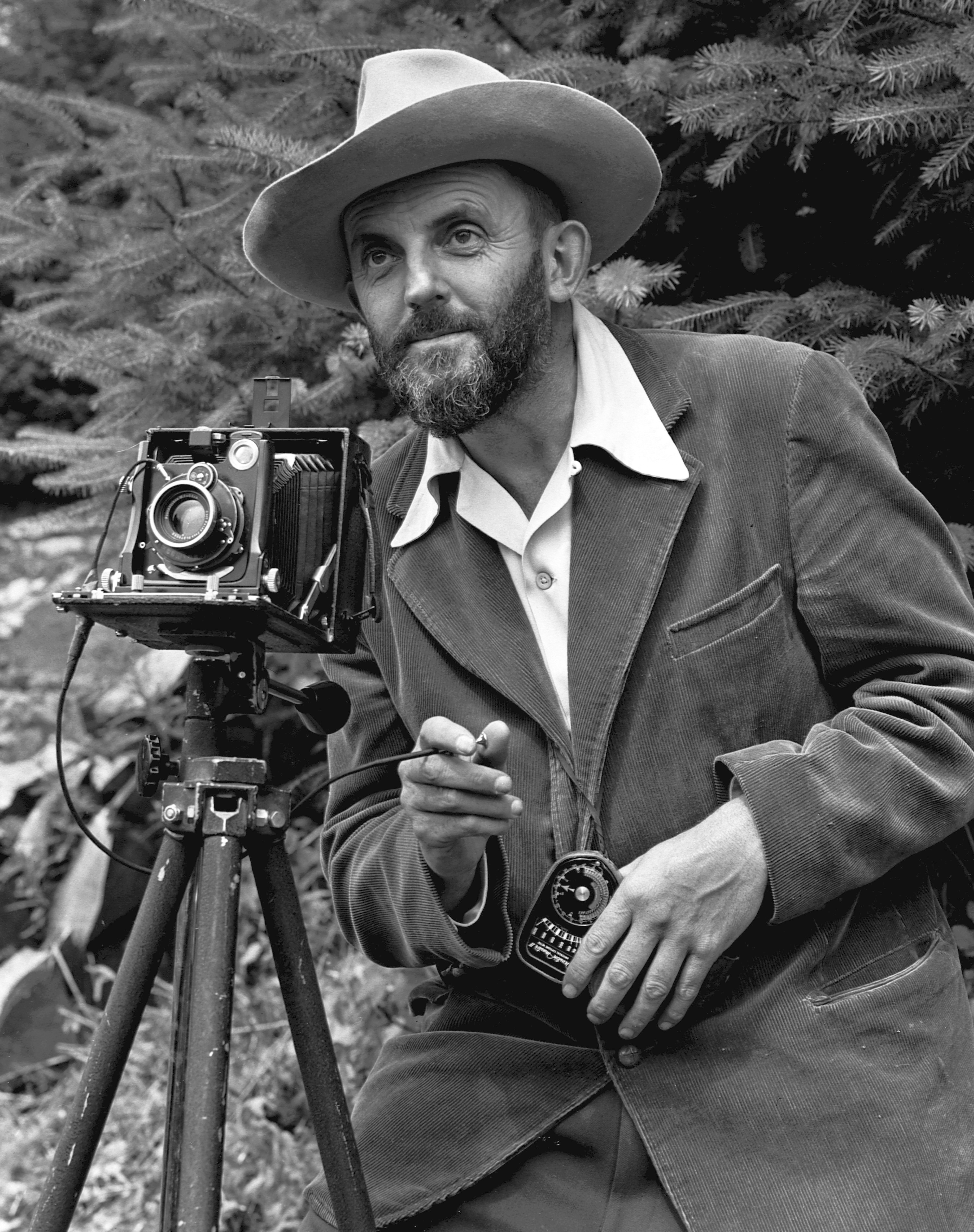
Ansel Adams was an American photographer and environmentalist. He was born on February 20th 1902 San Francisco, California . Adams rose to fame as a photographer of the American West, particularly Yosemite National Park, using his work to promote conservation of wilderness areas. His iconic black and white images helped to establish photographer among the fine arts. He died in Monterrey, California, on April 22nd 1984.
DON MCCULIN:

Don McCullin is an internationally famous photojournalist. He was born in 1935 in Finsbury Park in London, but left school at 15 without qualifications. During National Service in the RAF, he became a photographer. He later bought his own camera, but his mother had to buy it back after he pawned it.
MARIO TESTINO:
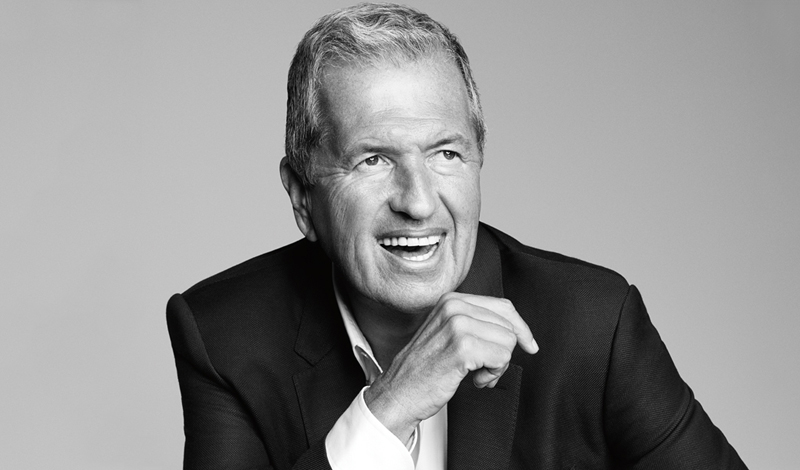
Mario Testino was born on October 30, 1954, in Lima, Peru. His father, a businessman, was the son of Italian immigrants. His mother was from a Spanish background and had an Irish decent. He was one of six children born to the couple. Mario went to a Catholic school, Santa Maria Marianistas, when he was young.
DAVID BAILEY:

David Bailey was born in London in 1938, and is widely considered to be one of the greatest photographers. Bailey’s background was modest, he even speaks of wearing shoes made from cardboard during his childhood. Bailey’s interest in the arts may have begun from a very early age as a result of his constant trips to the cinema.
GREGORY CREWDSON:

Gregory Crewdson was born in 1962, Brooklyn, New York. His first experience of photography. At sixteen, he played in a band called the Speedies, whose first single was titled “Let Me Take Your Foto.” In 1985, he received a BA from the State University of New York-Purchase College, where he studied photography with Jan Groover and Laurie Simmons.
